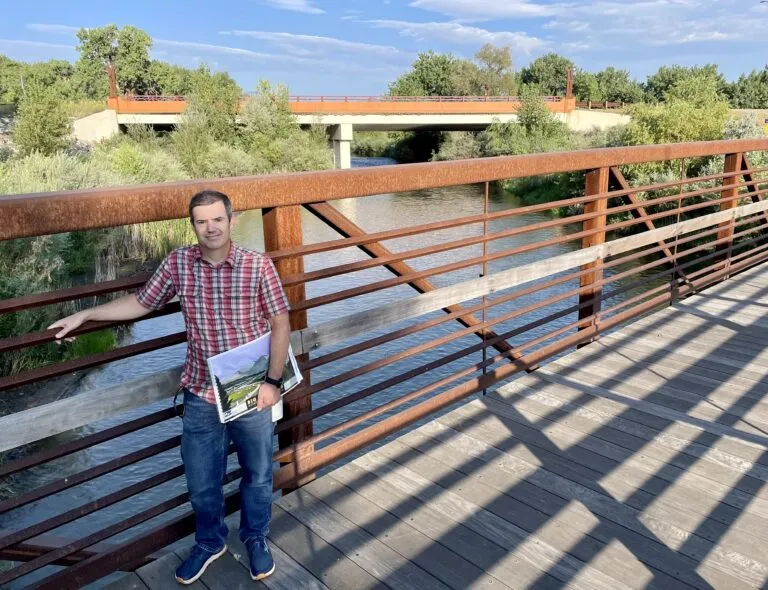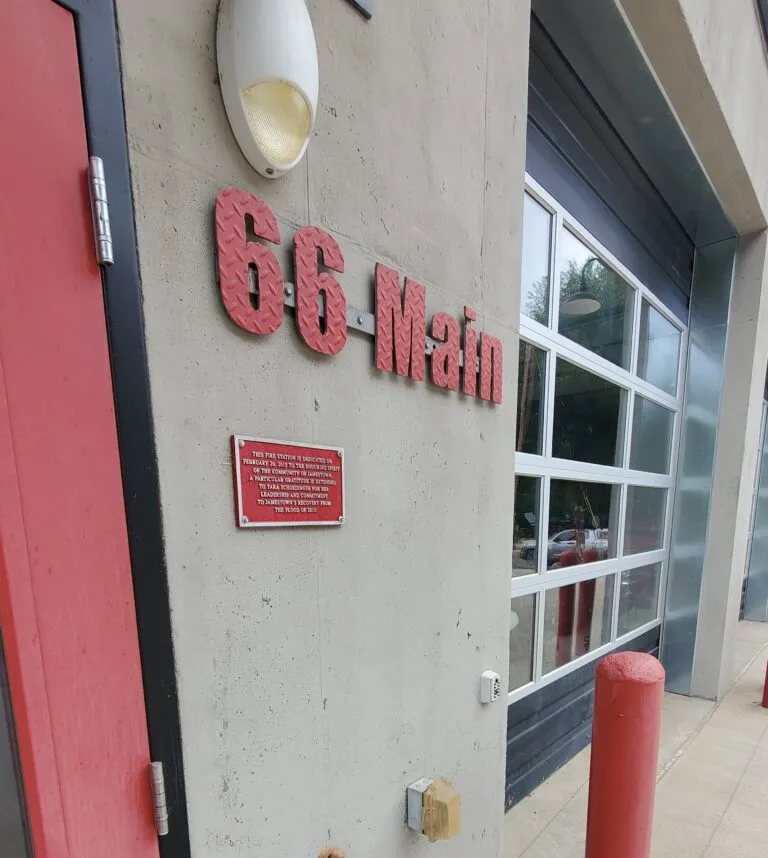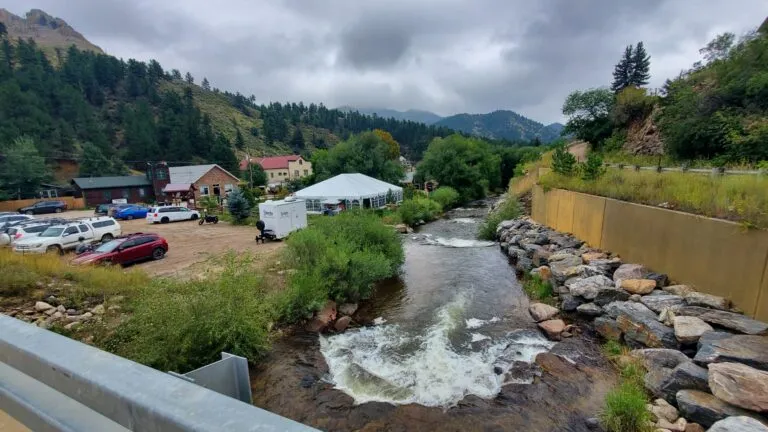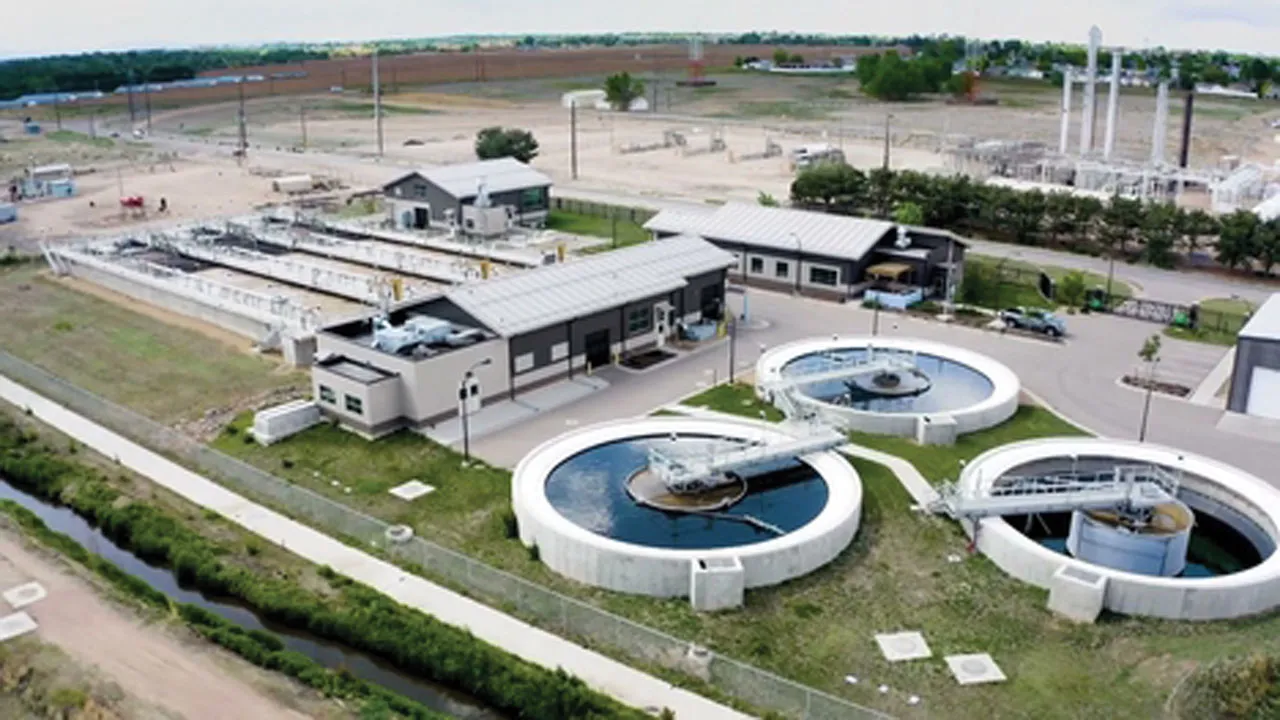Mountain towns rebuilt themselves

When flash flooding washed away roads in the Larimer County high-country hamlet of Glen Haven in early August, it brought back painful memories of a deadly event 10 years ago – and a reminder, said Tom Housewright, a sergeant of the town’s volunteer fire department, that “these canyons weren’t carved by gentle rainfall.”
In 1993, he said, “we had a big enough snowmelt that it took out all of our bridges. So we’re sort of used to it.”
But nobody was quite used to what happened in September 2013, when up to 18 inches of rain caused flooding that left only three buildings standing in the town.
SPONSORED CONTENT
Villages in the foothills of Boulder and Larimer counties lure tourists, businesses and new residents by nurturing their unique locations and personalities. But during the 2013 flood, each had to deal with unique disasters and unique challenges for recovery.
For communities such as Estes Park and Nederland, the challenge was being inaccessible to tourists because parts of highways leading to them were washed out just as the throngs lured by autumn’s golden aspen leaves were about to arrive. Estes Park took a one-two punch because just as temporary fixes were about to reopen U.S. Highways 36 and 34 and Colorado Highway 7, a government shutdown closed the town’s primary tourist draw, Rocky Mountain National Park.
In that park, the Roaring River lived up to its name again as it did in 1982, changing its course and washing out the road over the “alluvial fan” it created after the Lawn Lake dam break.
At the base of the foothills, Lyons suffered the worst disaster in its history when the St. Vrain River rose to 10 times its normal water volume and inundated the Boulder County town with a 500-year flood, forcing it to be evacuated for more than six weeks.
But possibly no high-country residents felt so isolated as those in the tiny hamlets of Jamestown and Glen Haven – but also so grateful when they saw the outpouring of support that helped them rebuild.
Many residents of Jamestown didn’t have flood insurance since their properties existed outside of the 100-year floodplain designated by the Federal Emergency Management Agency – but saw their houses swept away by what the Environmental Protection Agency later deemed a 500-year flood.
“We were told by all the experts when the flood happened that we could expect about five years of recovery, and it took pretty much exactly five years,” said Rainbow Shultz, who bought the Jamestown Mercantile cafe and community gathering place three years before the flood. “So the last five years, we’ve been enjoying all the help that we received, and we’re back to normal.”
Well, maybe not quite normal.
“There’s been, like, a change in the sense that it kind of put us on the map,” Shultz said. “A lot of people didn’t know that we existed, and I think we’ve had more of outside interest in properties here.”
Shultz credited former mayor Tara Schoedinger – now vice president and general manager of the Crested Butte Ski Area – as “an incredible organizer and worked with all the collaborating groups including FEMA to get the funds that were given to the state and then allocated to us.”
A plaque on the town’s new fire station, completed in 2015 to replace the one that was destroyed, also credits Schoedinger for “her leadership and commitment to Jamestown’s recovery.”
The flood cut the town in half by washing away all the bridges across James Creek, Shultz said, adding that a major part of the recovery was, “through federal state and local collaborative work, was engineers re-engineering the creek to have ‘drop structures,’ which is a fancy word for waterfalls and pools the entire length of our town to slow down the flow of water so that in the future this won’t happen.
“And then we have new bridges everywhere. They’ve all been replaced by new bridges that are designed to break away in an enormous flood event so that the clogging that caused all the destruction won’t happen again. That’s really significant.”
But much of the work to rebuild was done by townspeople and volunteers who poured in.
“There was a huge amount of work with all of the houses that were replaced by both the Mennonites and Catholic charities that worked together – actually for the first time ever,” Shultz said. “We had Mennonites who camped out in bunk beds for two years, rebuilding houses here.
“In the beginning, most of the work was done by the Baptists, Texas Baptist men are amazing disaster-response people. Also local groups like the Mudslingers, those are a Boulder volunteer group. Another one called ReTreed bought trees and planted trees for us. There was even a group of gardeners from south Boulder who dug up the plants from all of their gardens in south Boulder and brought them up here so we could have gardens in our houses again. All kinds of stuff like that.”
A dose of sorrow still remains, however, as Jamestown remembers Joey Howlett, “our beloved town member who was killed in the flood. We’re still inspired by him all the time,” Shultz said. “He was the town patriarch. He owned the Merc for 17 years, three years before I bought it from him and three years before the flood. A mudslide came down on his house and killed him in his sleep.”
Meanwhile, north of Estes Park in Glen Haven, West Creek raged down its canyon, lifted up the city hall and pushed it into the side of the general store. Then more buildings and a Ford Bronco hit the store as well.
“Our old fire station was destroyed by two to three feet of water coming down [County Road] 43 when we pulled our equipment out of it,” said Housewright, who has been with the Glen Haven Area Volunteer Fire Department since 1990 including two stints as chief.
“It took three to four days getting everybody evacuated,” he said. “It took us a year to rebuild our roads, but we did that ourselves as the Glen Haven community.”
He said the Colorado Department of Transportation “gave us two old dump trucks” to collect materials from a dam that had been washed away by the Big Thompson River between Drake and The Narrows. “All of the materials that used to be the Idylwilde Dam, we used to rebuild our roads.”
However, help poured in, Houewright said, with “money donated from all over the country to help us rent equipment and buy fuel. Rebuilding three miles of road took us a year. A year into it, we called it good, our efforts complete.
“Still, we lost almost three dozen homes and businesses that will never come back because they’re in the new floodplain.”
Just as in Jamestown, neighbors and friends in the close-knit village rallied to help, including Marsha Hobert, who, along with husband Ken, owned the Hobert Haven guest cabins in Glen Haven and Hobert Office Services in Estes Park. Besides raising money to help the owners rebuild the Inn of Glen Haven, she helped collect money to replace the town hall.
“Everyone had started a campaign because no one would help Glen Haven rebuild,” Hobert told BizWest then. “The roads alone were going to take $2.2 million. We raised the money with fundraising and grants. I raised $51,000 myself to rebuild the roads.
“Glen Haven is the most remarkable community. It makes you feel so good to be part of it,” Hobert said. “People have been tirelessly volunteering their time, including at the inn. The inn’s a very important part of the town.”
That community spirit prevailed in Lyons as well, which, as it looks back on the disaster, has adopted the theme “10 Years of Grit, Grace and Gratitude” – grit to recall the three days after the flood when town residents were trapped on an island, grace to commemorate the last decade during which the town spent much of its resources on flood-recovery projects totaling $70 million in addition to the output of time and money spent by homeowners and business owners, and gratitude to honor Lyons’ resilience.
One of the major challenges for Lyons has been restoring affordable housing, especially since two mobile home parks were swept away by the flood and since voters two years later rejected construction of an affordable-housing complex at Bohn Park.
The town’s Meadow Park also was wiped out, which could have been an economic blow to the summer festival season, but Lyons was awarded $1 million in Great Outdoors Colorado funding to rebuild it.
Estes Park also got GOCO’s help to rebuild its trail network, 85% of which was destroyed by the 2013 flood. The Estes Valley Recreation and Park Department received more than $400,000 from the state agency.
The flood created a massive infrastructure headache for Estes Park by washing out sections of Fish Creek Road and all nine crossings across Fish Creek. Damaged sewer lines dumped raw sewage down that creek and into the Big Thompson River.
But just as the 1982 Lawn Lake flood led to the urban renewal project that created the town’s popular Riverwalk, the 2013 flood is leaving its own legacy: The revised FEMA floodplain mapping that resulted was one of the motivating factors for construction of the Downtown Estes Loop, the one-way couplet designed to speed tourist traffic to and from Rocky Mountain National Park that also involved rechanneling the Big Thompson and Fall rivers through town to narrow the floodplains.
When flash flooding washed away roads in the Larimer County high-country hamlet of Glen Haven in early August, it brought back painful memories of a deadly event 10 years ago – and a reminder, said Tom Housewright, a sergeant of the town’s volunteer fire department, that “these canyons weren’t carved by gentle rainfall.”
In 1993, he said, “we had a big enough snowmelt that it took out all of our bridges. So we’re sort of used to it.”
But nobody was quite used to what happened in September 2013, when up to 18 inches of rain caused flooding that left only three…











